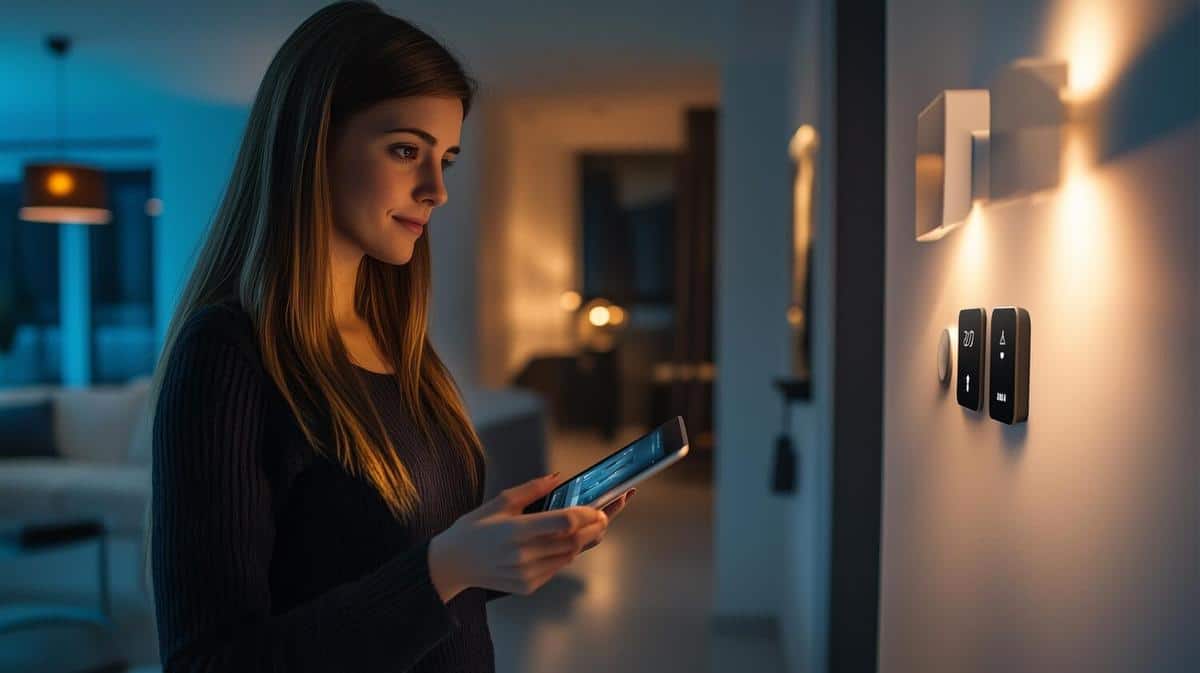
Energy Efficiency in Smart Homes: Saving Costs and the Environment
Imagine living in a home that not only makes life more convenient but also saves money and reduces your carbon footprint. Welcome to the world of energy-efficient smart homes, where technology and sustainability go hand in hand.
Smart homes are revolutionizing the way we live, offering a blend of comfort and efficiency that is hard to resist. By integrating cutting-edge technology, these homes provide homeowners with the tools to significantly reduce energy consumption while maintaining a high standard of living.
The Role of Smart Technology in Energy Efficiency
Smart technology is at the heart of energy-efficient homes. Devices such as smart thermostats, intelligent lighting systems, and energy-monitoring apps allow homeowners to optimize energy use. According to a report by the International Energy Agency, smart technology can reduce household energy consumption by up to 15%, translating into significant cost savings over time.
“Smart homes are not just about convenience; they’re about creating an ecosystem that promotes sustainability and efficiency,” says energy expert Mark Thompson.
Statistics that Speak Volumes
Consider this: A study from the U.S. Department of Energy highlights that smart thermostats alone can save users an average of 10-15% on heating and cooling bills. This is achieved by learning user preferences and adjusting temperatures accordingly, ensuring comfort while minimizing waste.
Real-Life Examples: Making the Change
Take the example of Emma, a homeowner who upgraded her residence with smart technology. By installing a smart thermostat and LED lighting, she noticed a 20% reduction in her monthly energy bills. Emma’s experience is a testament to the tangible benefits of adopting smart home technology.
Actionable Tips for Embracing Energy Efficiency
- Install a smart thermostat to manage heating and cooling effectively.
- Switch to energy-efficient LED lighting and utilize smart lighting systems to automate usage.
- Use smart plugs to monitor and control the power usage of individual appliances.
- Invest in energy-efficient appliances that are compatible with smart home systems.
Comparison: Traditional vs. Smart Home Energy Efficiency
| Feature | Traditional Home | Smart Home |
|---|---|---|
| Thermostat Control | Manual | Automated & Learning |
| Lighting | Standard Bulbs | LED & Smart Systems |
| Energy Monitoring | Monthly Bill Review | Real-time Monitoring |
| Appliance Efficiency | Standard | Energy Star Rated |
| Utility Savings | Minimal | Significant Over Time |
| Carbon Footprint | Higher | Reduced |
| Convenience | Limited | Enhanced |
| Initial Cost | Lower | Higher |
Frequently Asked Questions
How do smart thermostats save energy?
Smart thermostats save energy by learning your schedule and preferences, adjusting temperatures accordingly, and preventing unnecessary heating or cooling.
Are energy-efficient smart homes more expensive?
While the initial investment can be higher, the long-term savings on energy bills and the environmental benefits often outweigh the upfront costs.
Can I convert my existing home into a smart home?
Yes, many smart home devices are designed to be easily integrated into existing homes, allowing you to gradually upgrade your systems.
Conclusion: A Step Towards a Sustainable Future
Energy efficiency in smart homes offers a promising path toward a more sustainable and cost-effective future. By adopting smart technology, homeowners can enjoy increased comfort, reduced energy bills, and a smaller carbon footprint. It’s a win-win situation for both your wallet and the planet. Start making changes today and reap the benefits of a smarter, more efficient home.


